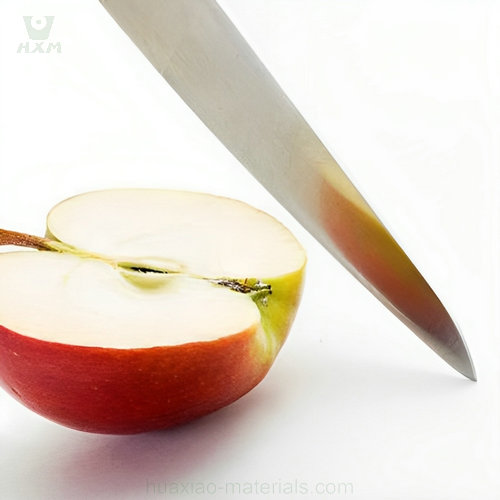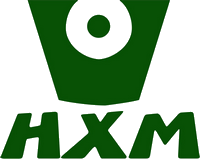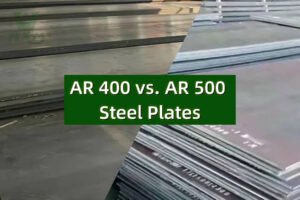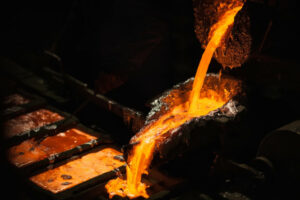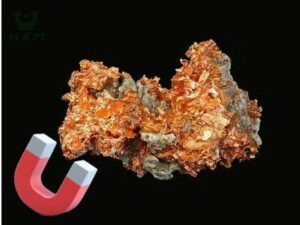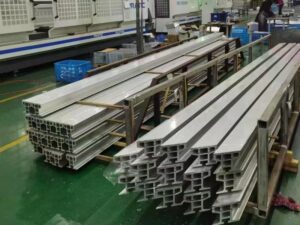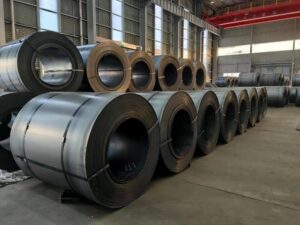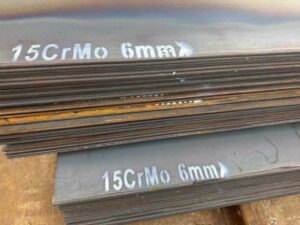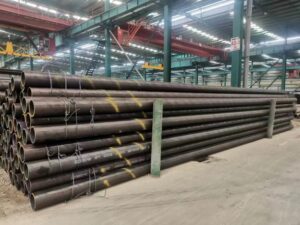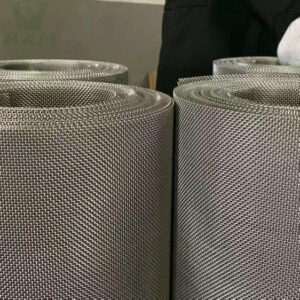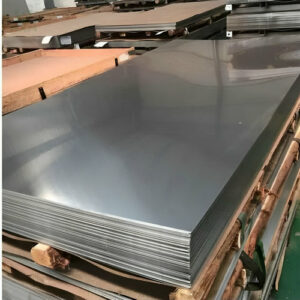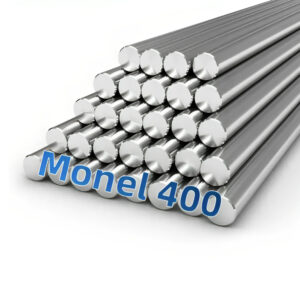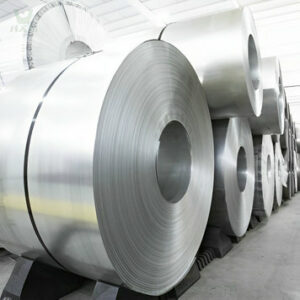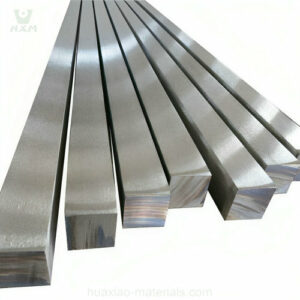When choosing a stainless steel manufacturer, there are several important factors to consider to ensure you make an informed decision. These factors can vary depending on your specific needs and industry, but here are some key considerations:
Quality and Reputation: Look for manufacturers with a reputation for producing high-quality stainless steel products. Consider their track record, certifications, and any industry recognition.
Materials and Alloys: Determine if the manufacturer offers the specific stainless steel grades and alloys you require for your application. Check if they can customize alloys to meet your needs.
Production Capacity: Assess the manufacturer’s production capacity to ensure they can meet your demand, whether you need small quantities or large volumes.
Technical Expertise: Evaluate the manufacturer’s technical expertise and capabilities. Do they have a skilled workforce and access to modern equipment and technologies?
Lead Times: Consider the lead times for production and delivery. Reliable manufacturers should provide realistic lead time estimates.
Quality Control: Inquire about their quality control processes and testing procedures to ensure the products meet industry standards and specifications.
Certifications: Check for certifications relevant to your industry, such as ISO certifications, ASME, or ASTM compliance, as these can attest to the manufacturer’s quality and standards adherence.
Price and Cost: Compare pricing from multiple manufacturers, but be cautious of overly low prices that may indicate subpar quality. Consider the total cost of ownership, including maintenance and durability.
Location and Shipping: Determine the manufacturer’s location and shipping options. Consider proximity for reduced shipping costs and lead times.
Customer Support: Assess the level of customer support and communication provided by the manufacturer. Good communication is essential for addressing any issues or changes in your order.
Environmental Practices: If environmental sustainability is a concern, inquire about the manufacturer’s environmental practices, recycling efforts, and sustainable sourcing of materials.
References and Reviews: Request references or read customer reviews to get insights into the manufacturer’s performance and customer satisfaction.
Customization: If you require custom products, ensure the manufacturer has the capability to accommodate your specific needs and specifications.
Financial Stability: Evaluate the manufacturer’s financial stability to ensure they can fulfill long-term contracts and commitments.
Supplier Network: Consider whether the manufacturer has a reliable network of suppliers for sourcing raw materials, as this can impact production stability.
Longevity: Established manufacturers with a long history in the industry often have a proven track record of reliability.
Ethical Practices: Assess the manufacturer’s ethical practices, including labor and safety standards, as well as their commitment to responsible sourcing.
By carefully evaluating these factors, you can choose a stainless steel manufacturer that aligns with your requirements, quality standards, and business goals. It’s often beneficial to engage in discussions and negotiations with potential manufacturers to address any specific concerns or requirements unique to your project.
